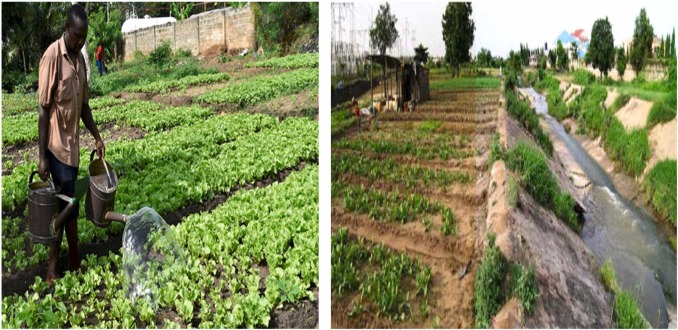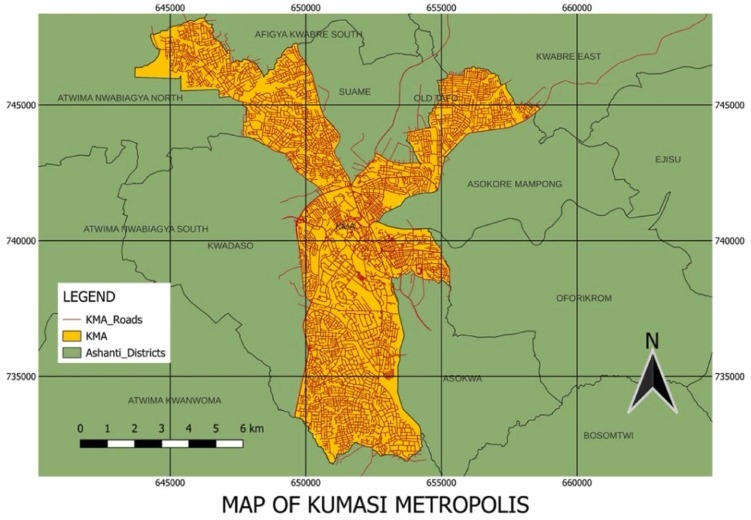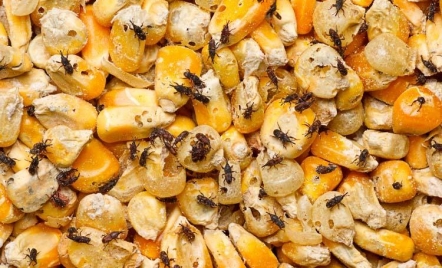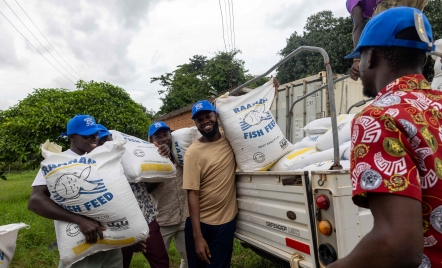Ghana has grappled with food insecurity for decades, with varying levels of severity. According to the 2020 Comprehensive Food Security and Vulnerability Analysis (CFSVA), approximately 3.6 million people in the country are food insecure.
Government initiatives such as Operation Feed Yourself, Planting for Food and Jobs, and the ongoing Feed Ghana Initiative have all contributed to national efforts to address this challenge.
However, recent trends indicate a resurgence of food insecurity, particularly in urban areas, prompting renewed research into sustainable solutions.
In response to these challenges, the College of Agriculture and Natural Resources has conducted a study focusing on the role of Urban Agriculture (UA) in enhancing food security and livelihoods in urban settings.

The research examines the socio-economic drivers of urban farming, the sustainability of various farming systems, and the effectiveness of policy interventions.
Using a multi-stage sampling technique, data was collected from 430 urban dwellers within the Kumasi Metropolis.
The study explored the factors influencing urban households' participation in agriculture and their choice of farming systems.
Key findings reveal that gender, age, religious affiliation, education level, and particularly the availability of vacant land significantly influence the decision to engage in urban agriculture.
Led by Dr. Faizal Adams, the researchers emphasize that access to vacant land is a critical factor in the adoption of urban agriculture.
They underscore the need for policy measures that protect and allocate space for farming within cities while preserving ecological biodiversity.
The researchers also urge the Ministry of Food and Agriculture to collaborate with relevant stakeholders in developing integrated extension services tailored to urban farmers.
They further recommend the implementation of incentive-based policies to promote sustainable land use and farming practices in urban environments.
“These incentives could include tax breaks, subsidies, or grants for adopting environmentally friendly farming methods, investing in soil conservation measures, or participating in community-based agricultural initiatives,”
The study was published in the Journal of Land Use Policy.






Comments